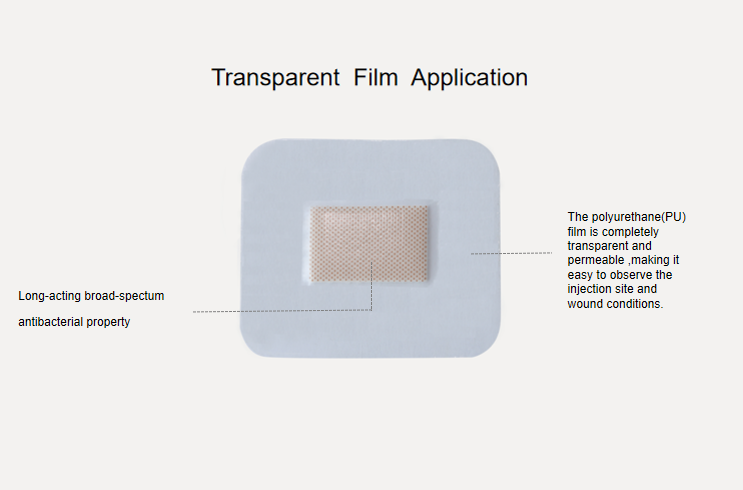The umbilical cord is the bridge connecting the fetus and the mother and the fetus's lifeline during pregnancy. After the fetus is separated from the mother's body, the umbilical cord has completed its historical mission and will fall off naturally. The umbilical cord is an infection-prone site for neonates. If not handled properly, bacteria can enter the bloodstream through the umbilical cord, causing systemic infection and neonatal sepsis. The umbilical cord begins to dry out 24 hours after delivery, changes in color from white to tan to brown, and falls off after about 7-14 days. The standard umbilical cord should be dry without bleeding. If the umbilical area is red and swollen or the secretion has a foul smell, it indicates an infection in the umbilical region.
How to protect the umbilical cord of the newborn? Let us learn together!
The two most important points are disinfection and drying to prevent the infection of the baby's umbilical cord.
Materials to prepare:
1. Medical cotton swabs
2. 0.5% iodophor cotton swab
3.Transparent island dressing
Operation steps of waterproof navel sticker Steps:
1. Reverse the diaper
2. Take a cotton swab dipped in detoxifying iodine, and draw a circle around it from the inside to the outside
3. Change a cotton swab and gently wipe around to dry the iodophor
4.Put transparent island dressing on your belly button
5. After wiping, gently fold the diaper back above the navel
Note: The used cotton swab cannot be dipped in alcohol again
1. Daily care should be kept dry, especially when taking a bath, do not wet the root of the umbilical cord. Do not let water splash on the belly button when bathing the baby. Can use tuansparent island dressing. When changing diapers, avoid letting the upper edge of the diaper wrap the belly button. To prevent the wound from being soaked with urine and causing infection.
3. To avoid sultry heat, never use creams, lotions, and oils to smear the root of the umbilical cord.
While keeping the umbilical area clean and dry, you should also pay attention to observe whether there is an infection and focus on following whether the baby's umbilical room has oozing blood, mucous and purulent secretions, the color of the umbilical chakra and the skin around the umbilicus, and abnormal smell.
After the umbilical cord is detached, there may be a discharge from the umbilical fossa, so continue with disinfection and care as if the umbilical cord was not separated until the umbilical fossa is completely dry.
Editor:kiki Jia
Date:May20,2022

 English
English عربى
عربى Español
Español русский
русский 中文简体
中文简体








